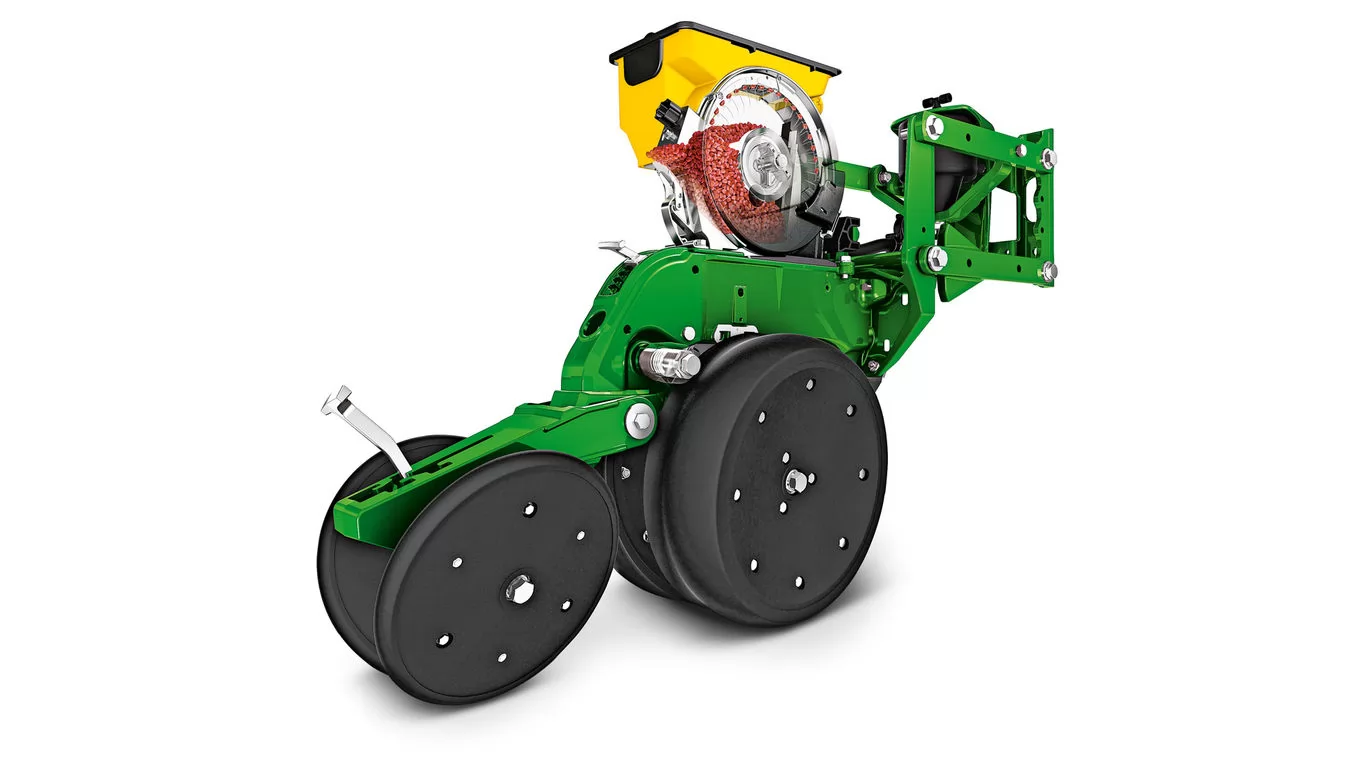What is No-Tillage farming?
No-Tillage farming is a soil conservation tillage that prepares for farming without mechanically disrupting the soil. Crops of the previous year, known as crop residues, were cut and left on top soil. A no-till planter, then just a little piercing the ground to insert a seed. In order to overcome the advantages of herbicides and pesticides brought by cultivation, a safe and effective herbicide was applied to the land before and after planting.
The Advantage of the No-Tillage Farming: Environment Friendly
There is great interest in land, farmers and the environment in tillage-free farming. First, soil erosion is almost eliminated by no-till cultivation because much of the soil is undisturbed and leaves a large amount of crop residues. The Department of Agriculture's National Resource List attributed 43% of the nation's soil erosion from 1982 to 2003 to the increase in conservation tillage.
The use of no-till crop residue also greatly increases water infiltration, thus greatly increasing soil retention (ie, evaporation). This means less runoff of contaminated (fertilizers, pesticides, etc.) water and less watering for a given crop.
Some estimates suggest that crop residues provide crops up to 2 inches of extra moisture in late summer. The Natural Resources Defense Council said no-till soil water seepage rates of 5.6 inches per hour were twice that of conventional farming. This makes no-till farming an excellent opportunity for drought-affected areas like California.
In addition, no-till farming promotes soil and surrounding biodiversity due to less soil agitation. By tillage cultivation, organisms such as mycorrhizal fungi, which allow symbiosis (that is, beneficial to plants and fungi) to the root system of the crop, and increased earthworm soil moisture retention can be made.
The Advantage of the No-Tillage Farming: Financial Benefit
Farmers also benefited greatly from tillage-free farming, especially through reducing their workforce. Traditional farming sometimes takes as many as five passes to land, but no-till needs planting seeds only once. Purdue University estimates that a farmer can save 225 hours of workforce per year on a 500-acre farm, which is equivalent to saving four 60-hour workweeks each year. Another study estimated that labor was reduced by up to 50% compared to farming.

